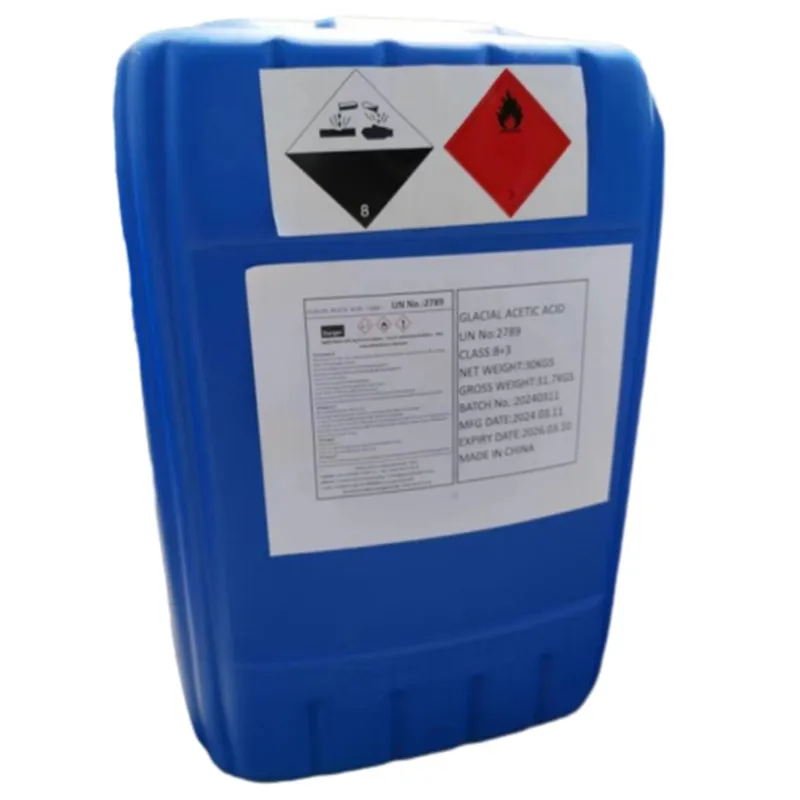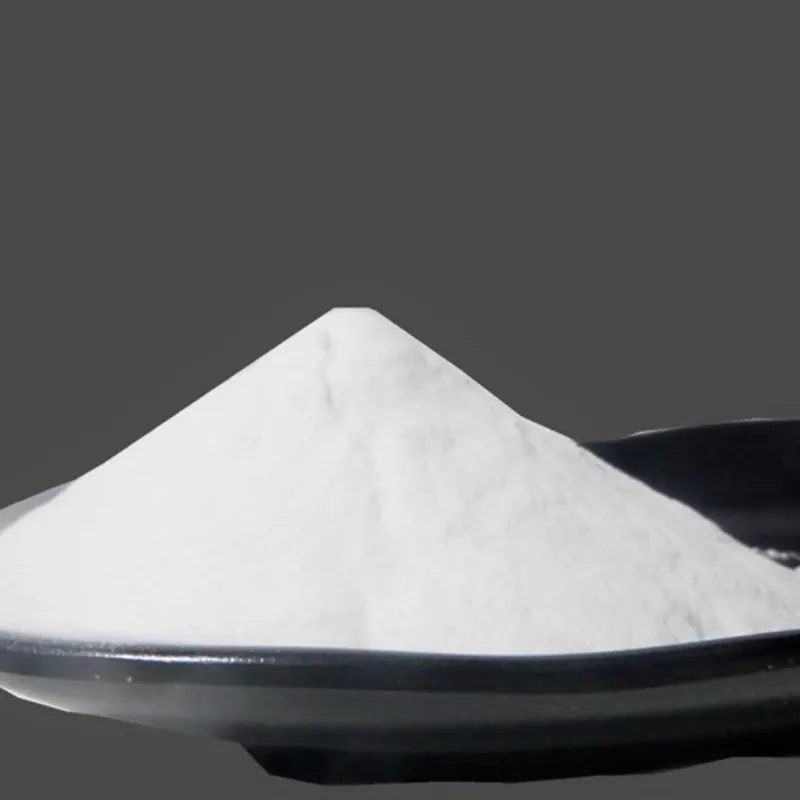
Feb. . 11, 2025 05:49
Back to list
sodium metabisulfite preservative
E955, commonly known as sucralose, is a popular artificial sweetener that has significantly transformed the food and beverage industry. Manufactured by selectively chlorinating sucrose, sucralose is approximately 600 times sweeter than table sugar, which makes it an incredibly potent sugar substitute. This unique characteristic allows manufacturers to use very small amounts of sucralose to achieve the desired sweetness, without adding calories or carbohydrates to the product. However, as with any food additive, understanding its benefits, safety, and potential impacts is crucial for consumers and producers alike.
In addition to its health benefits and versatility in food preparation, sucralose also plays a pivotal role in product marketing and consumer acceptance. In an era where obesity and lifestyle diseases are on the rise, the demand for low-calorie, sugar-free products is accelerating. Manufacturers leveraging sucralose can migrate to healthier product formulations without compromising on taste, an essential factor for consumer acceptance and brand loyalty. For businesses aiming to tap into health-conscious markets, incorporating sucralose can differentiate product lines, cater to a broader demographic, and potentially increase market share. It can also aid compliance with regulations that limit sugar content in processed foods—a growing trend in many countries striving to mitigate public health issues related to high sugar consumption. The credibility of sucralose in product labeling adds an element of trustworthiness to brands. Consumers seeking health-positive choices are more likely to opt for products featuring familiar, approved ingredients like sucralose. As part of a comprehensive product strategy, businesses can enhance their market presence by not only focusing on taste and safety but also investing in consumer education that highlights these aspects. In conclusion, sucralose's role as a sugar alternative presents numerous advantages for both consumers and manufacturers. Its established safety profile, combined with cost-effectiveness, high sweetness factor, and applications in diverse food matrices, makes it a compelling choice in an evolving dietary landscape. Insightful and informed use of sucralose, coupled with ongoing research and consumer education, can continue to support its positive reception and role in fostering healthier lifestyles.


In addition to its health benefits and versatility in food preparation, sucralose also plays a pivotal role in product marketing and consumer acceptance. In an era where obesity and lifestyle diseases are on the rise, the demand for low-calorie, sugar-free products is accelerating. Manufacturers leveraging sucralose can migrate to healthier product formulations without compromising on taste, an essential factor for consumer acceptance and brand loyalty. For businesses aiming to tap into health-conscious markets, incorporating sucralose can differentiate product lines, cater to a broader demographic, and potentially increase market share. It can also aid compliance with regulations that limit sugar content in processed foods—a growing trend in many countries striving to mitigate public health issues related to high sugar consumption. The credibility of sucralose in product labeling adds an element of trustworthiness to brands. Consumers seeking health-positive choices are more likely to opt for products featuring familiar, approved ingredients like sucralose. As part of a comprehensive product strategy, businesses can enhance their market presence by not only focusing on taste and safety but also investing in consumer education that highlights these aspects. In conclusion, sucralose's role as a sugar alternative presents numerous advantages for both consumers and manufacturers. Its established safety profile, combined with cost-effectiveness, high sweetness factor, and applications in diverse food matrices, makes it a compelling choice in an evolving dietary landscape. Insightful and informed use of sucralose, coupled with ongoing research and consumer education, can continue to support its positive reception and role in fostering healthier lifestyles.
Latest news
-
PE and PP Plastics with Benzotriazole AdditivesNewsJun.12,2025
-
How Glacial Acetic Acid Balances pH to Combat Food SpoilageNewsJun.12,2025
-
Food Additives in China: Embracing the GreenNewsJun.12,2025
-
Cyanide Mining Gold Extraction and the Rise of Complementary ChemicalsNewsJun.12,2025
-
Ammonium Nitrate in Pharmaceutical ManufacturingNewsJun.12,2025
-
Aluminum Hydroxide in Glass and Ceramics ManufacturingNewsJun.12,2025
-
Mining Chemicals: Cyanide in Gold MiningNewsJun.04,2025
HOT PRODUCTS
Hebei Tenger Chemical Technology Co., Ltd. focuses on the chemical industry and is committed to the export service of chemical raw materials.
-

view more DiethanolisopropanolamineIn the ever-growing field of chemical solutions, diethanolisopropanolamine (DEIPA) stands out as a versatile and important compound. Due to its unique chemical structure and properties, DEIPA is of interest to various industries including construction, personal care, and agriculture. -

view more TriisopropanolamineTriisopropanolamine (TIPA) alkanol amine substance, is a kind of alcohol amine compound with amino and alcohol hydroxyl, and because of its molecules contains both amino and hydroxyl. -

view more Tetramethyl Thiuram DisulfideTetramethyl thiuram disulfide, also known as TMTD, is a white to light-yellow powder with a distinct sulfur-like odor. It is soluble in organic solvents such as benzene, acetone, and ethyl acetate, making it highly versatile for use in different formulations. TMTD is known for its excellent vulcanization acceleration properties, which makes it a key ingredient in the production of rubber products. Additionally, it acts as an effective fungicide and bactericide, making it valuable in agricultural applications. Its high purity and stability ensure consistent performance, making it a preferred choice for manufacturers across various industries.











